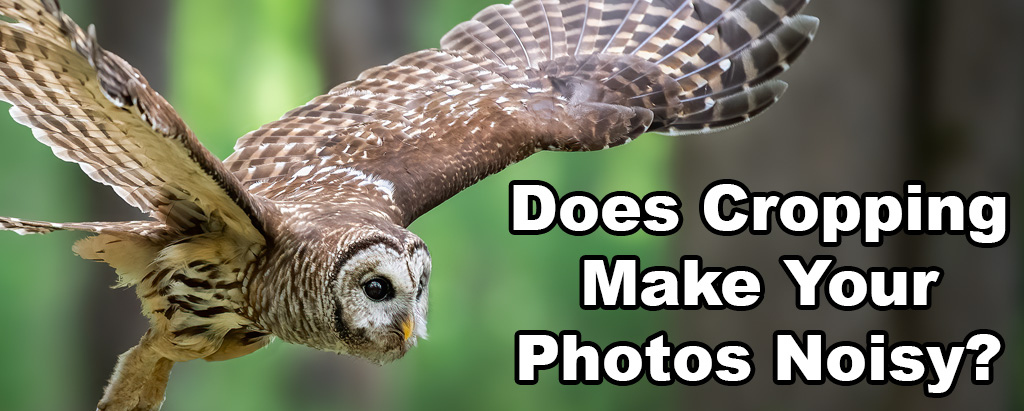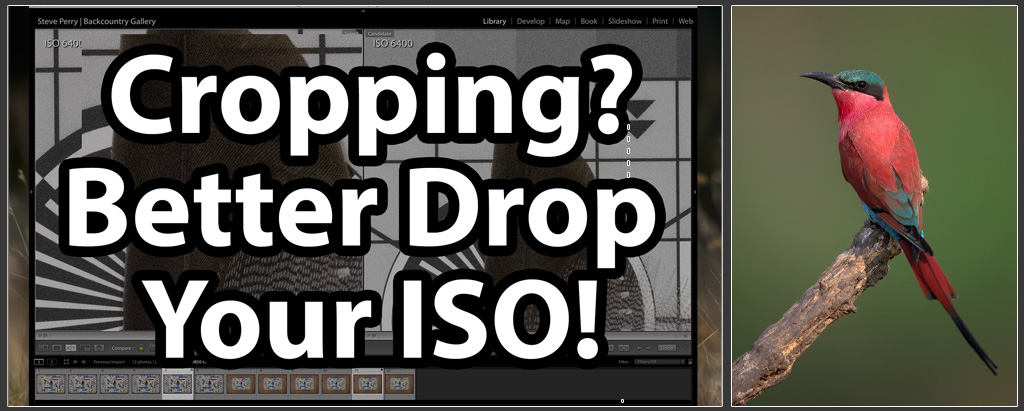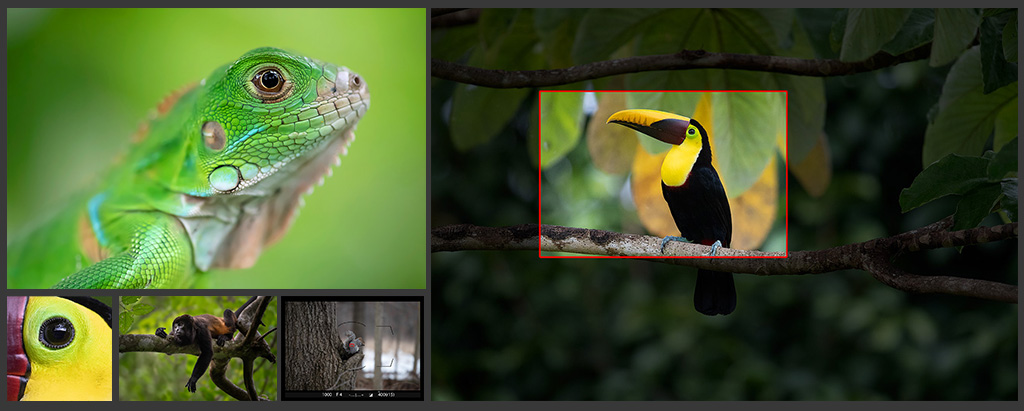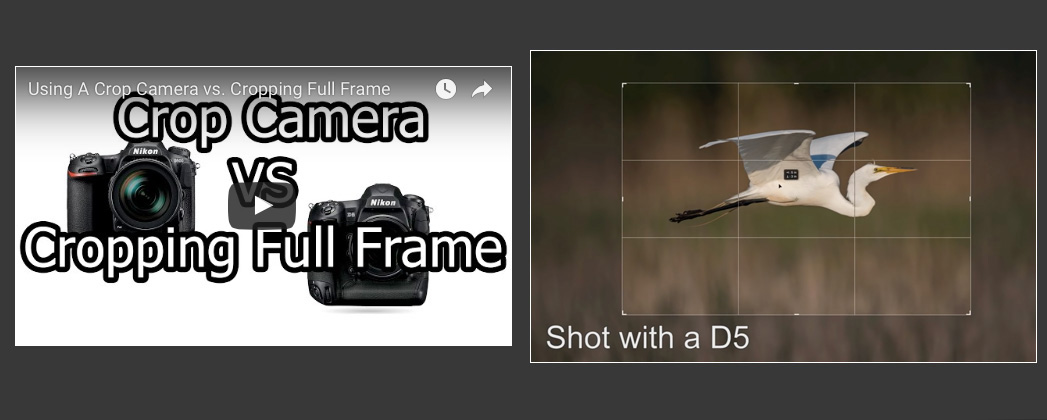Thanks, Graham.Check out Steve's results on cropping:

Does Cropping Make Your Photos Noisy?! - Backcountry Gallery
Does cropping fill your photos with more noise? Is not filling the frame killing your images? Is there any way to stop it? In this video, we’ll explore comparative output and see first-hand the effects that cropping can have on the noise of our final output image. This is one video every...backcountrygallery.com

Cropping? Better Drop Your ISO! - Backcountry Gallery
Let’s face it – sometimes we need to crop. However, when you’re faced with a photo in the viewfinder that’s gonna need an appointment with the crop tool, you gotta be careful. Noise is a tricky thing and it’s especially hard on images where cropping is required. In this video, we’ll take a look...backcountrygallery.com

The Cropping Epidemic - Backcountry Gallery
I see it all the time – lens jockeys hacking off pixels and tossing them out like they were last week’s kitty litter. It pains me to witness such rampant cropping with so little regard for the consequences – especially since I know how potentially devastating it is to a photo. What really makes...backcountrygallery.com

Cropping Full Frame Vs Shooting A Crop Camera - Backcountry Gallery
So, here’s a question to chew on. What will give you a better image – a crop camera (DX, APS-C) with a subject that fills the frame OR just shooting the same scene with a full frame camera and then cropping the photo to the same field of view? I see this come up all […]backcountrygallery.com
I checked out Steve's videos and posts. All of them make sense. It just comes down to a trade-off of max aperture, shutter speed and ISO when the light starts to drop. If I can't fill the frame and can't drop my speed, I have to crank up the ISO and have to accept that the image will look worse when I really pump the ISO 6400+ with my X-H2s. If the subject is still too far away and I have to crop, it will needless to say look even worse...and I basically have to accept that it will be a "web-only" viewing image (at best). That's my goal with pursuing this potential new Z8 setup...to have more larger aperture lenses available on a FF frame body that all things held equal gives me 1-1.5 stops better high ISO/low light performance.
Cheers,
Steve

